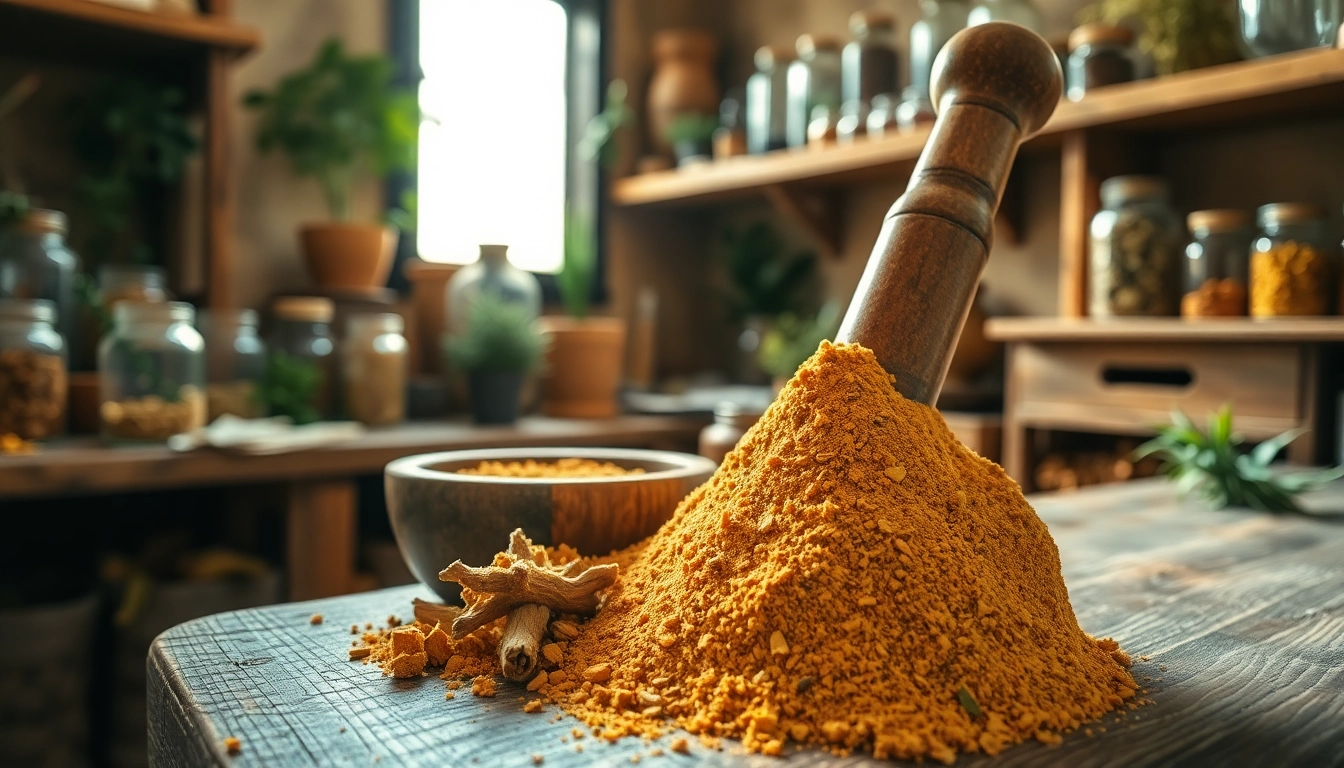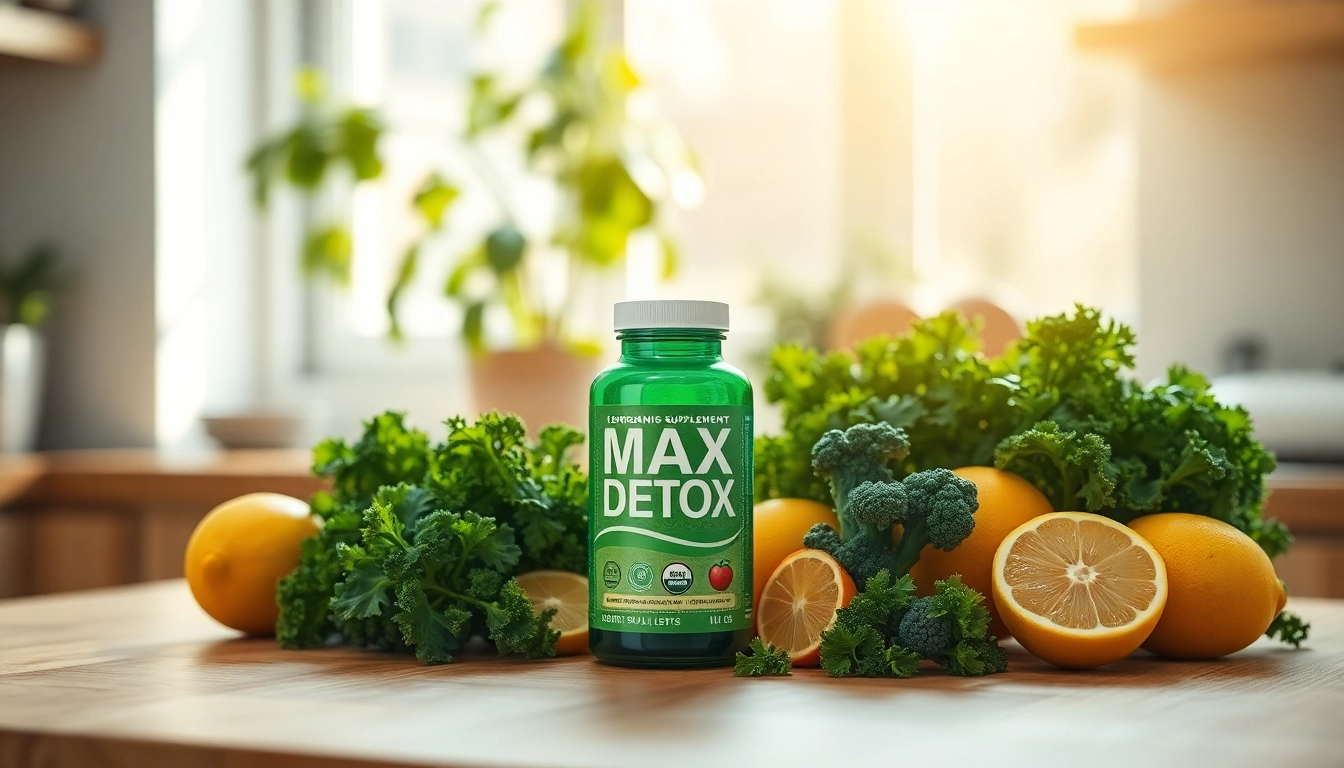Understanding Myrrh: Origins and Characteristics
What is Myrrh?
Myrrh is a reddish-brown resin derived from the Commiphora tree, commonly found in regions such as the Arabian Peninsula, East Africa, and parts of India. Known scientifically as Commiphora myrrha, this substance has been valued for thousands of years, not only for its distinctive aroma but also for its myriad medicinal properties. The extraction of myrrh occurs primarily through the process of tapping, where incisions are made in the bark to allow the sap to ooze out, hardening into resin upon exposure to air.
Historical Significance of Myrrh
Historically, myrrh was among the most sought-after commodities, revered by ancient civilizations for its use in religious rituals, traditional healing, and preservation practices. In biblical texts, myrrh is mentioned as one of the gifts presented to the newborn Jesus by the Magi, symbolizing its importance in ancient trade and cultural practices. Ancient Egyptians utilized myrrh in embalming, emphasizing its role in preserving the dead. Furthermore, various cultures incorporated myrrh into incense, spiritual ceremonies, and as part of their pharmacopoeia, showcasing its broad historical applications.
Types of Myrrh and Their Unique Properties
There are several species of myrrh, each offering unique properties and benefits. The two most widely recognized types are:
- Commiphora myrrha: This is the most common variety, prized for both its aromatic qualities and medicinal benefits, including anti-inflammatory, antimicrobial, and astringent effects.
- Commiphora molmol: Often called African myrrh, it is mainly found in Somalia and is noted for its higher oil content, contributing to its efficacy in skincare products and aromatherapy.
Understanding the specific type of myrrh being utilized is crucial, as individual properties vary and can significantly impact their application in health and wellness.
The Health Benefits of Myrrh
Myrrh as an Antimicrobial Agent
Myrrh has long been studied for its potent antimicrobial properties. Research indicates that it possesses the ability to fight against various bacteria and fungi. Its effectiveness stems from the compounds commiphora and alpha-pinene, which have been shown to inhibit the growth of pathogenic bacteria such as Staphylococcus aureus and fungal strains responsible for skin infections. This makes myrrh a valuable addition not only to traditional remedies but also to modern medicinal practices, especially in the realm of topical applications for skin infections.
Anti-Inflammatory Properties of Myrrh
The anti-inflammatory properties of myrrh are significant, as it can alleviate pain and swelling associated with a variety of conditions. Studies have shown that myrrh extract can reduce the inflammatory markers in the body, making it a candidate for managing chronic conditions, such as arthritis and other inflammatory disorders. This property also extends to use in oral health, where it may help reduce gum inflammation and promote overall oral hygiene.
Myrrh in Traditional Medicine
In traditional medicine systems, particularly in Ayurveda and Traditional Chinese Medicine (TCM), myrrh plays a pivotal role. It is often recommended for digestive issues, respiratory ailments, and as a remedy for wounds and skin infections. The combination of myrrh with other herbs amplifies its health benefits, paving the way for a holistic approach to treating ailments. Notably, in TCM, myrrh is valued for enhancing blood circulation and its analgesic effects, which align with its usage in treating muscle pain and injury recovery.
Methods of Using Myrrh
How to Prepare Myrrh for Use
Myrrh can be used in various forms, including tinctures, powders, essential oils, and capsules. To prepare myrrh for use:
- Tea: Steep myrrh powder in hot water for 10–15 minutes. This infusion can aid digestion and overall health.
- Tincture: Combine myrrh resin with alcohol (such as vodka) in a jar. Let it steep for several weeks, shaking it occasionally. The resulting tincture can be used in small doses for its therapeutic properties.
- Essential Oil: Dilute a few drops of myrrh essential oil with a carrier oil for topical applications or use in diffusers for its aromatic benefits.
Recipes Utilizing Myrrh
Myrrh can be included in various recipes aimed at promoting health and wellness:
- Myrrh-infused Oil: Combine myrrh resin with olive oil and let it sit in a warm place for several weeks. This oil can be used for massages or as a skin treatment.
- Myrrh Morning Elixir: Blend myrrh powder, honey, and warm water to create a rejuvenating morning drink, beneficial for digestion and immunity.
Safety Precautions and Considerations
While myrrh is generally considered safe when used appropriately, it’s essential to be aware of potential side effects and contraindications. Overconsumption can lead to gastrointestinal distress, and pregnant women should avoid using myrrh due to its uterine-stimulating properties. Always consult with a healthcare provider before adding myrrh or any new herbal remedy to your regimen, especially if you are on medications or have underlying health conditions.
Myrrh in Aromatherapy and Natural Remedies
Incorporating Myrrh into Aromatherapy
Myrrh essential oil is a potent addition to aromatherapy practices. Its warm, earthy aroma promotes relaxation and can be integrated into diffusers, massage oils, and personal perfumes. When blended with other oils such as frankincense or sandalwood, myrrh enhances the therapeutic experience through its grounding properties, supporting mental clarity and emotional well-being.
Natural Remedies Using Myrrh
Beyond its role in aroma, myrrh is an effective natural remedy for several conditions:
- Skin Care: Myrrh’s anti-inflammatory properties make it an excellent choice for reducing acne and improving skin elasticità. It can be mixed with carrier oils for topical applications.
- Oral Health: Myrrh can be found in some natural toothpaste and mouthwashes due to its antibacterial capabilities, aiding overall oral hygiene.
Combining Myrrh with Other Botanical Ingredients
Myrrh works synergistically with other botanical ingredients, enhancing overall health benefits. For example, pairing myrrh with turmeric can amplify its anti-inflammatory effects, while combining it with lavender in essential oil blends can enhance relaxation and reduce anxiety levels. These combinations can be particularly effective in addressing specific health concerns and making herbal treatments more potent.
The Future of Myrrh in Health and Wellness
Current Research on Myrrh’s Efficacy
Research into myrrh continues to evolve, with numerous studies investigating its health benefits. Recent findings suggest its role in tackling contemporary health issues, such as antimicrobial resistance and inflammatory diseases. Ongoing clinical trials are examining myrrh’s effectiveness in various formats, such as topical preparations for skin conditions and capsules for systemic health benefits. As evidence mounts, myrrh may cement its place as a staple in both herbal medicine and modern pharmacology.
Trends in the Use of Myrrh
As consumers increasingly gravitate towards natural remedies, the demand for products containing myrrh is on the rise. Trends indicate a significant shift towards combining myrrh with other superfoods and botanicals in nutraceuticals, skincare, and wellness products. Moreover, the growing interest in sustainability has led to ethical sourcing practices, ensuring that myrrh cultivation benefits local communities while preserving traditional harvesting methods.
How to Source High-Quality Myrrh
When looking to purchase myrrh, quality is paramount. It’s advisable to seek out reputable vendors who provide detailed information about sourcing, production methods, and purity. Verify that the myrrh is 100% pure, free from additives or fillers. Obtaining myrrh from organic growers ensures that it’s produced without harmful pesticides or chemicals. Consumers can turn to local herb shops, specialized online retailers, or explore platforms that focus on artisanal and ethically sourced herbal products, such as myrrh.














Leave a Reply